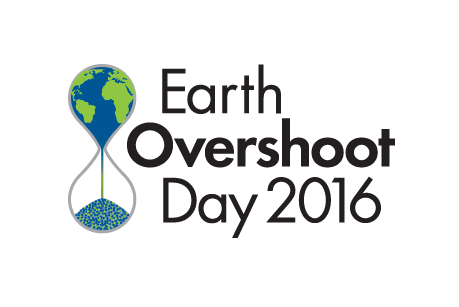
Monday is Earth Overshoot Day, which marks the date mankind consumes its budget of natural resources for the entire year, according to data from the Global Footprint Network.
Using more natural resources than what Earth can regenerate in a year is possible because humans emit more carbon dioxide into the atmosphere than our oceans and forests can absorb, and we deplete fisheries and harvest forests more quickly than they can reproduce and regrow.
International think tank the Global Footprint Network determines the date of the overshoot by dividing the planet’s biocapacity (the amount of ecological resources Earth is able to generate that year), by humanity’s ecological footprint (humanity’s demand for that year) and multiplying by 365, the number of days in that year.
As the global population has grown and consumption has increased, Earth Overshoot Day has moved from late September in the year 2000, to Aug. 8 this year.
However, the rate at which Earth Overshoot Day has moved up on the calendar has slowed to less than one day a year on average in the past five years, compared to an average of three days a year since the overshoot project began in the early 1970s. Despite this, last year’s Earth Overshoot Day was six days later, on Aug. 14.
The Global Footprint Network says that overall, humans would require 1.6 planet earths to support our lifestyle.
More Must-Reads from TIME
- Donald Trump Is TIME's 2024 Person of the Year
- TIME’s Top 10 Photos of 2024
- Why Gen Z Is Drinking Less
- The Best Movies About Cooking
- Why Is Anxiety Worse at Night?
- A Head-to-Toe Guide to Treating Dry Skin
- Why Street Cats Are Taking Over Urban Neighborhoods
- Column: Jimmy Carter’s Global Legacy Was Moral Clarity
Write to Kate Samuelson at kate.samuelson@time.com